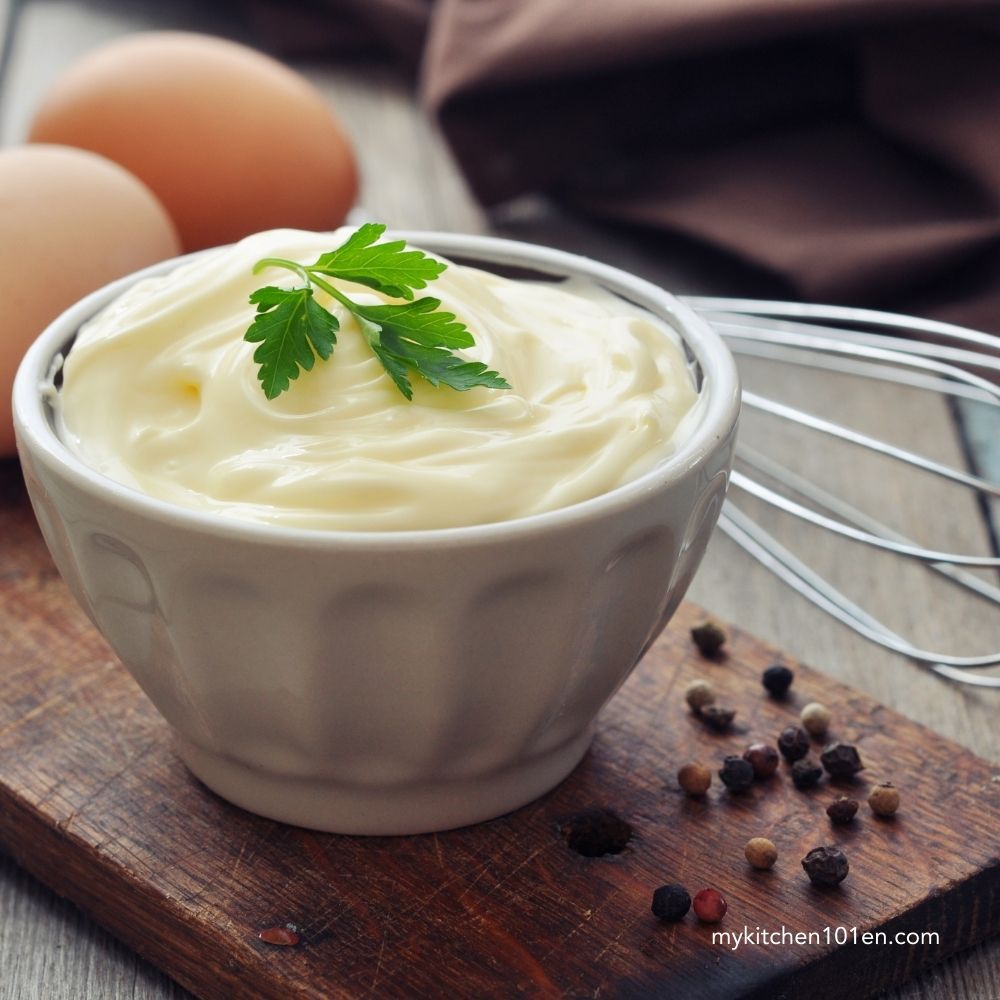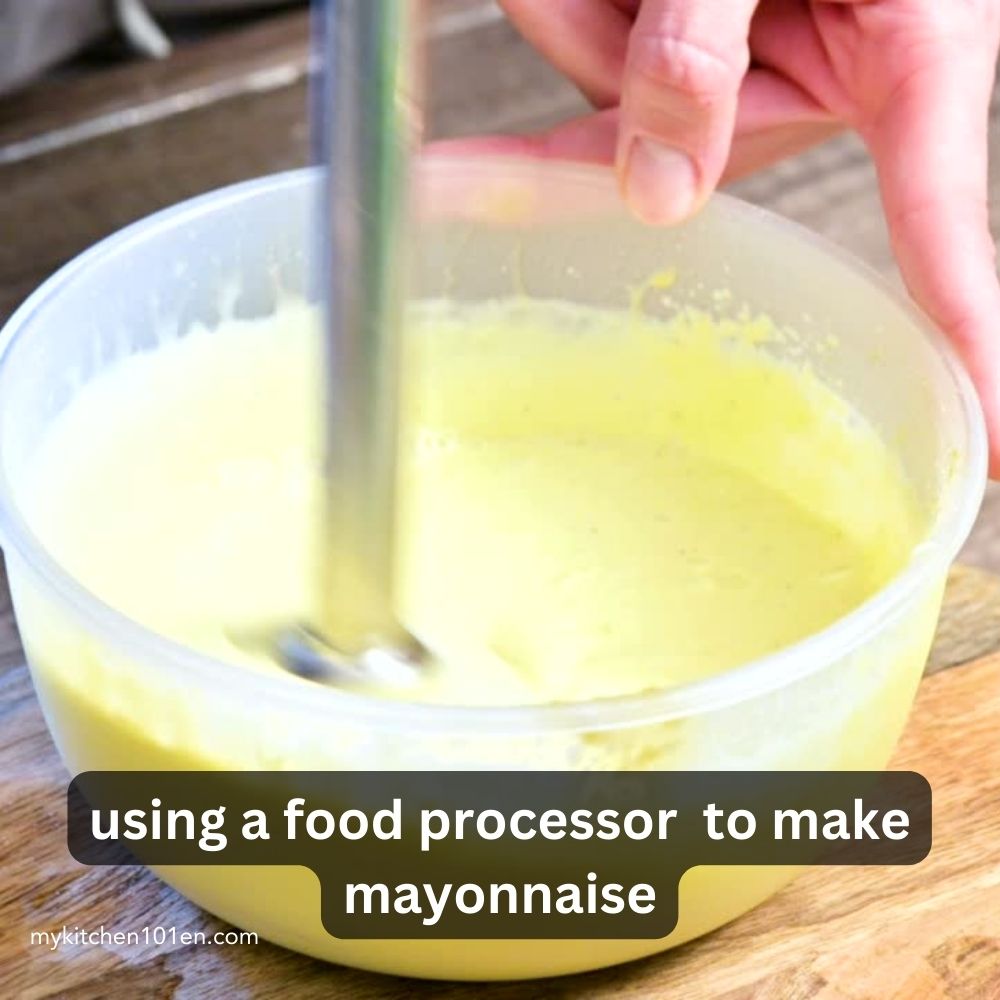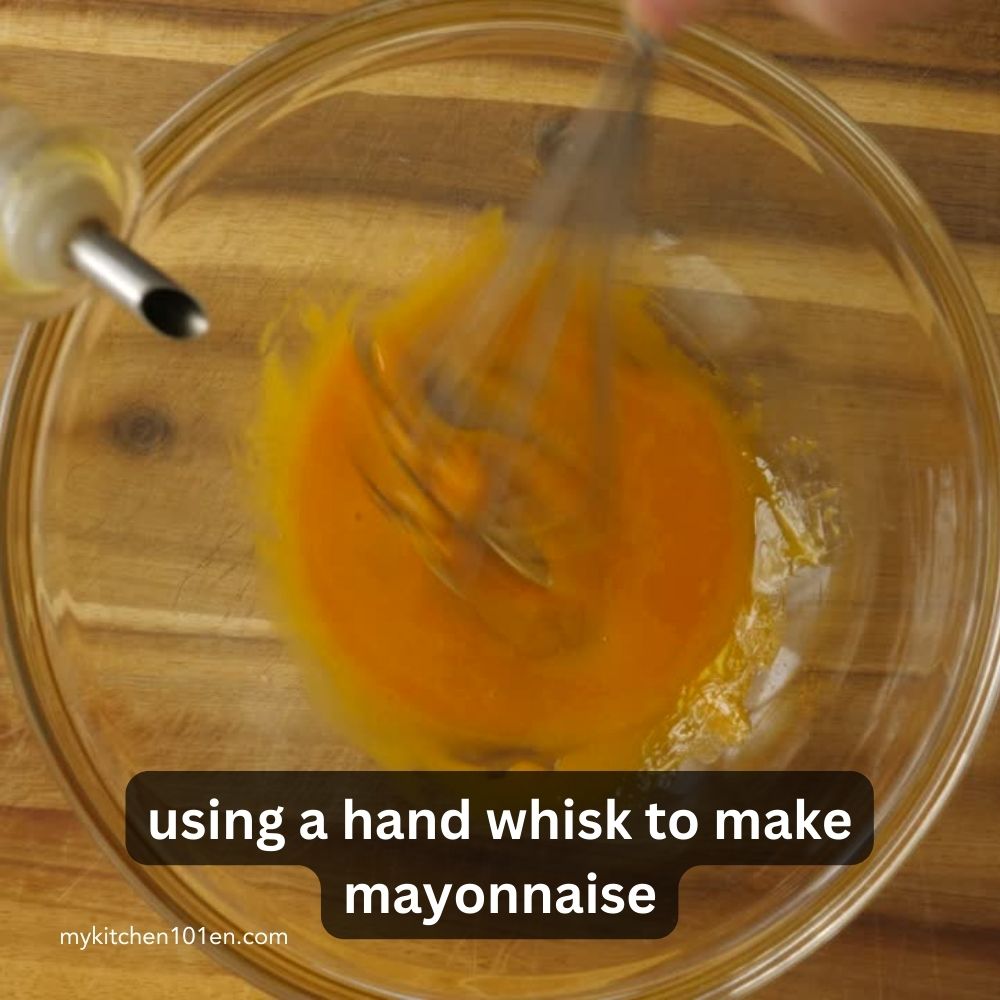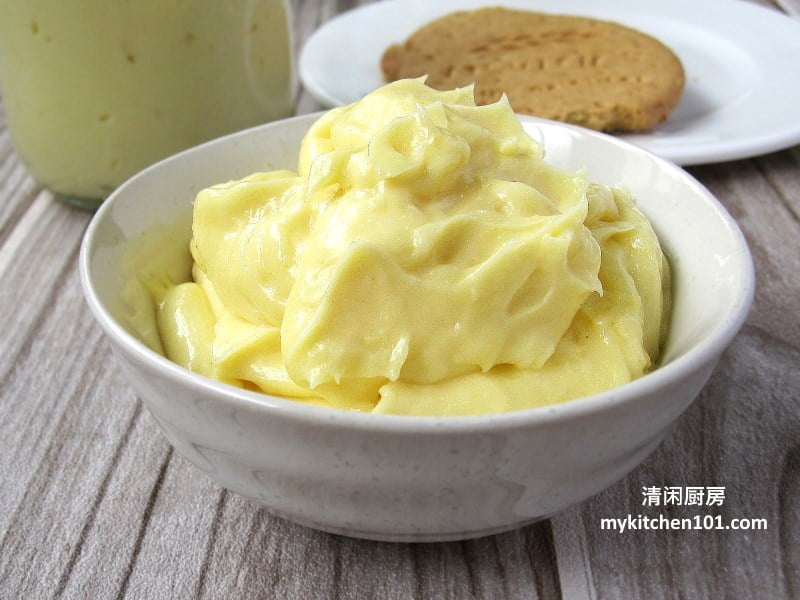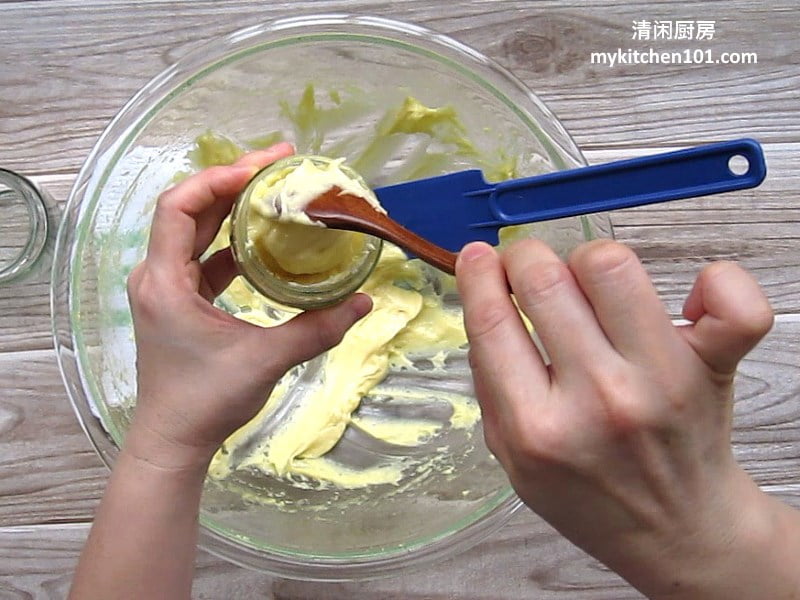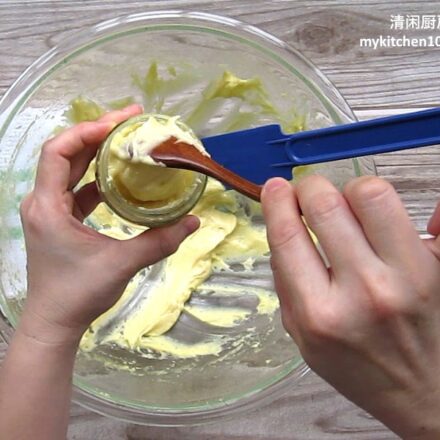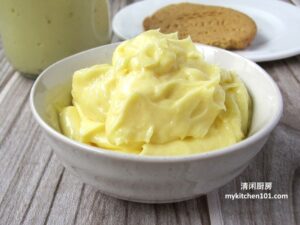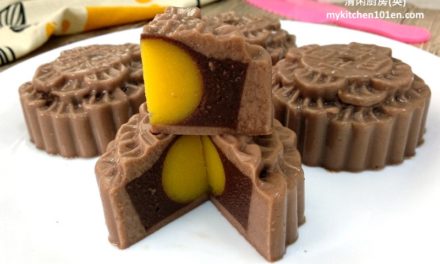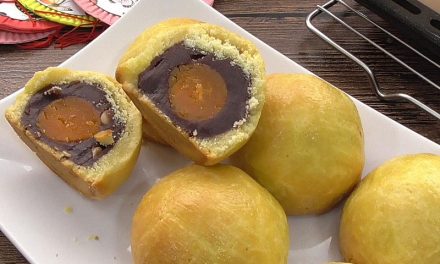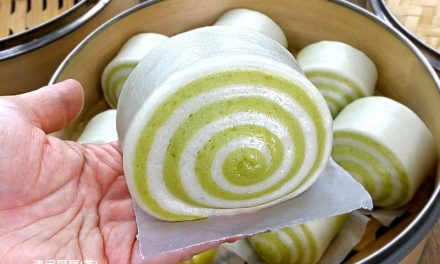Mayonnaise is a common ingredient used in making salads and sandwiches. Store-bought mayonnaise contains too much additives, thus I opt for homemade mayonnaise. Making your own mayonnaise is not difficult, the most important is to have patience. You need to add in oil at very slow pace at the beginning, if oil is added too fast, it won’t emulsify and you will fail.
History of Mayonnaise
Mayonnaise, that creamy, delightful condiment we slather on sandwiches and whisk into salads, has a history as rich and intriguing as its flavor. Its origins can be traced back to the ancient city of Mahon on the French island of Minorca, where it is believed to have been concocted in the 18th century.
The word “mayonnaise” is thought to be derived from the French word “mayonnaise,” meaning “from Mahon.” The original recipe was a simple yet elegant blend of egg yolks, olive oil, and vinegar. This thick and creamy sauce quickly became a beloved addition to many dishes.
Different Types of Mayonnaise
There are many different types of mayonnaise available, made with different ingredients and in different ways. Some of the most popular types of mayonnaise include:
- Traditional Mayonnaise: The classic blend of egg yolks, olive oil, and vinegar.
- Vegan Mayonnaise: A plant-based version made without eggs, often using vegetable oil, aquafaba, or mashed potatoes.
- Gluten-Free Mayonnaise: Crafted without gluten-containing ingredients.
- Low-Fat Mayonnaise: A lighter option made with less fat.
- Oil-Free Mayonnaise: A unique variant made without oil, often using mashed potatoes or aquafaba.
Mayo in Coffee: In some parts of the world, a dollop of mayonnaise in coffee is considered a tasty addition. It adds a unique creaminess and flavor to the brew.
The Unexpected Health Benefits of Mayonnaise
Contrary to popular belief, mayonnaise isn’t just a guilty pleasure. It’s a good source of protein, omega-3 fatty acids (essential for heart and brain health), and vitamin E, an antioxidant that helps protect cells.
Different Ways to Use Mayonnaise
Mayonnaise is a versatile ingredient that can be used in many different ways.
- On Sandwiches: A classic spread for both hot and cold sandwiches.
- In Salads: Adds flavor and creaminess to green and pasta salads.
- In Dips: A key ingredient in dips like ranch dressing and tartar sauce.
- As a Glaze: Perfect for glazing meats and vegetables or as a quick dessert topping.
- As a Binder: An essential component in dishes like tuna salad and chicken salad.
Tips for Making Mayonnaise at Home
Making mayonnaise at home? Here are some tips to ensure perfection:
- Use the Right Ingredients: Fresh eggs and quality oil make all the difference.
- Measure Accurately: Precision in measurement is key, especially with oil.
- Follow the Recipe Carefully: Whisk constantly, and don’t skip any steps.
- Embrace Technology: A food processor can simplify the process.
- Store it properly: Keep it in an airtight container in the refrigerator, and it will last for about 2 weeks.
Mayonnaise is more than just a condiment; it’s a culinary tradition with a fascinating history and a wide array of uses. Whether you’re a fan of the classic version or prefer one of the modern twists, mayonnaise continues to be a beloved part of our culinary landscape.
CHINESE VERSION: 自制美乃滋-蛋黄酱
Homemade Mayonnaise Recipe |MyKitchen101en
Yield: 20 servings
Ingredients:
- 2 egg yolks
- 1 tsp yellow mustard sauce
- 240 ml palm oil (any vegetable oil)
- lemon juice from ½ lemon
- ¾ tsp fine salt
- 4 tsps fine sugar
Instructions:
1 Add egg yolks and mustard sauce into a large mixing bowl and blend until well mixed with a hand mixer at medium speed.
2 Add 80 ml of vegetable oil drop-by-drop slowly while continuing mixing.
3 When ⅓ of the oil has been added, you may add the remaining oil (160 ml) into the bowl faster while mixing.
4 When the mayonnaise has fully emulsified, add lemon juice, salt, and sugar to taste. Mix well.
5 Store homemade mayonnaise in a sterilized jar in the refrigerator. Consume within 2 weeks.
Homemade Mayonnaise Recipe
Rate
Ingredients
- 2 egg yolks
- 1 tsp yellow mustard sauce
- 240 ml palm oil any vegetable oil
- lemon juice from ½ lemon
- ¾ tsp fine salt
- 4 tsps fine sugar
Instructions
- Add egg yolks and mustard sauce into a large mixing bowl and blend until well mixed with a hand mixer at medium speed.
- Add 80 ml of vegetable oil drop-by-drop slowly while continuing mixing.
- When ⅓ of the oil has been added, you may add the remaining oil (160 ml) into the bowl faster while mixing.
- When the mayonnaise has fully emulsified, add lemon juice, salt, and sugar to taste. Mix well.
- Store homemade mayonnaise in a sterilized jar in the refrigerator. Consume within 2 weeks.
Nutrition (per serving)
Rate this recipe
Click to rate

